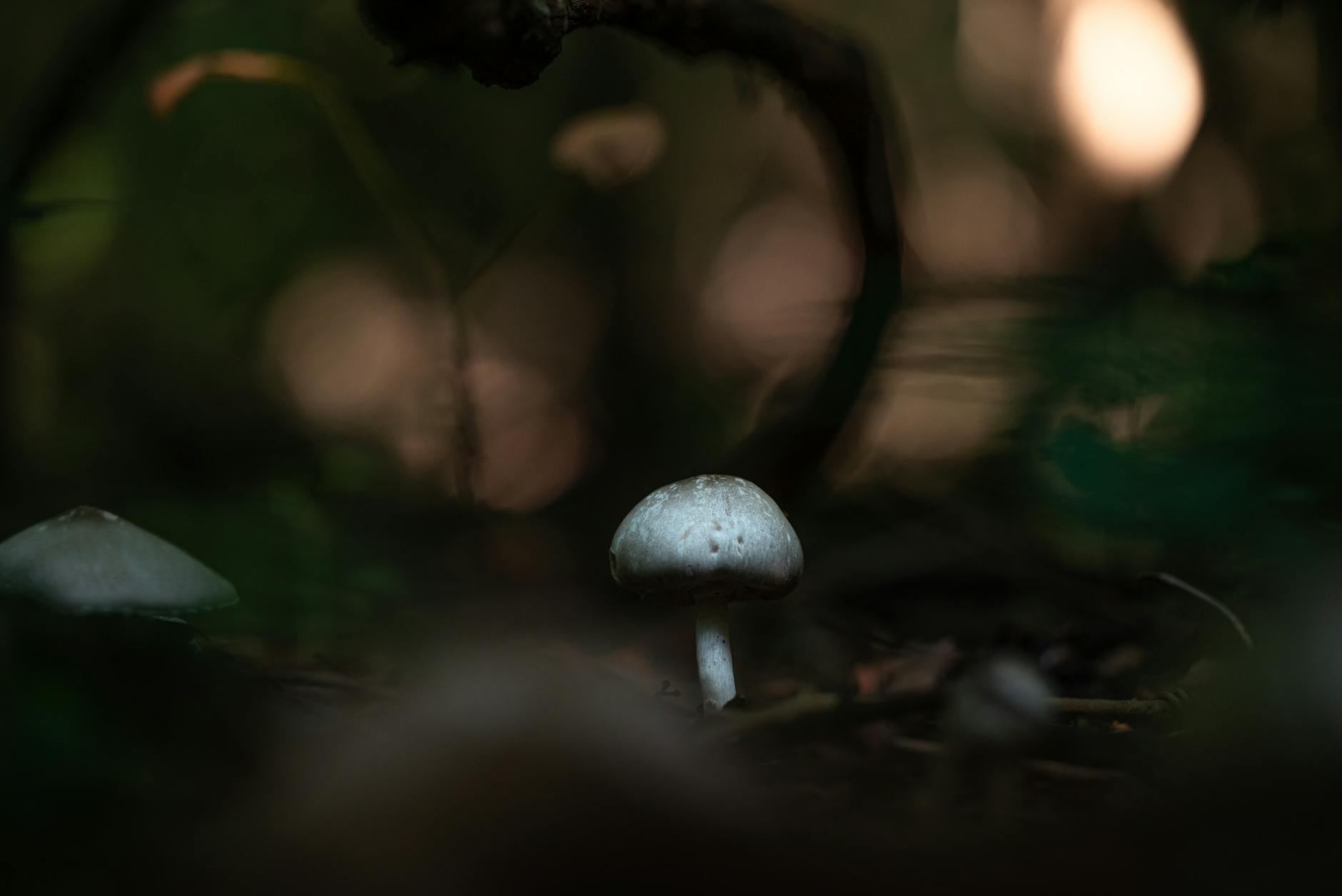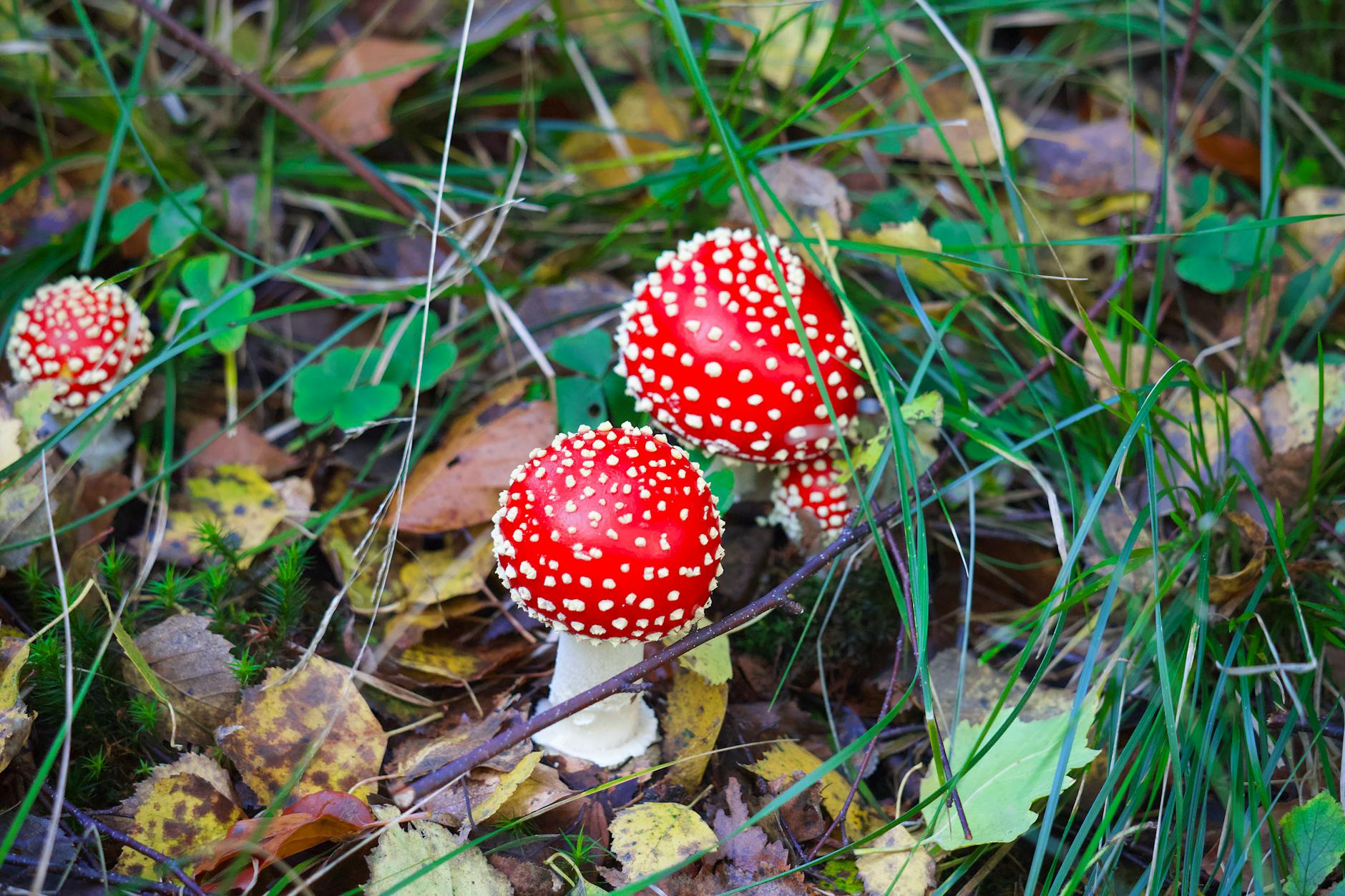Mushroom foraging has always been a fascinating and rewarding activity for nature enthusiasts and food lovers alike. Delving into the world of fungi can uncover a treasure trove of flavors and textures, but finding the best spots for bountiful mushroom foraging can be a challenge. One way to enhance your foraging experience is by exploring microclimates, which are small pockets of unique environmental conditions that create ideal habitats for different mushroom species. In this article, we will discover the magic of microclimates and reveal some of the best hidden spots for bountiful mushroom foraging.
Uncovering Microclimate Magic
Microclimates refer to localized climate conditions that differ from the surrounding area due to factors such as elevation, topography, vegetation cover, and proximity to bodies of water. These small-scale environments can create specific temperature, moisture, and light conditions that are well-suited for different types of mushrooms. By understanding the characteristics of microclimates, foragers can increase their chances of finding abundant mushroom varieties in these hidden spots.
The Enchanting Forest Understory
One of the best-kept secrets of mushroom foraging is the forest understory, where unique microclimates provide optimal conditions for mushrooms to thrive. This hidden world beneath the canopy offers a variety of environments, from damp and shady areas under dense vegetation to drier spots near open clearings. Exploring the forest understory can lead to encounters with elusive species like chanterelles, morels, and porcini, each preferring their own microclimate niche.
Mountainside Marvels
Venturing into higher elevations can reveal a treasure trove of mushroom species adapted to the cooler, moister microclimates found on mountainsides. As you ascend, the environmental conditions change, creating opportunities to find mushrooms that prefer the lower temperatures and increased humidity of these elevated habitats. Keep an eye out for alpine mushrooms like matsutake and boletes, which thrive in the unique microclimates of mountainous regions.
Riverside Riches
Water plays a crucial role in shaping microclimates, and riversides are prime locations for abundant mushroom foraging. The proximity to water bodies creates a damp and humid environment that supports a variety of moisture-loving fungi. Stroll along riverbanks or explore the lush vegetation near streams to discover mushrooms like oyster mushrooms, enoki, and wood ear mushrooms that flourish in these watery microclimates.
Coastal Corners of Abundance
Foragers keen on coastal adventures can explore the hidden spots along the shoreline where microclimates shaped by sea breezes and salt spray provide a unique habitat for coastal mushroom species. The mix of salt air, sandy soils, and coastal vegetation creates conditions favored by mushrooms like agaricus, puffballs, and beach mushrooms. Whether scouting sandy dunes or rocky outcrops, the coastal microclimates hold secrets waiting to be uncovered.
Conclusion
In the quest for bountiful mushroom foraging, understanding and harnessing the magic of microclimates can unlock a world of hidden spots teeming with diverse mushroom species. By exploring the forest understory, mountainsides, riversides, and coastal areas, foragers can discover the rich tapestry of fungi thriving in these unique environments. So, pack your basket, put on your hiking boots, and set out to uncover the enchanting world of mushroom foraging in the captivating microclimates waiting to be explored.


